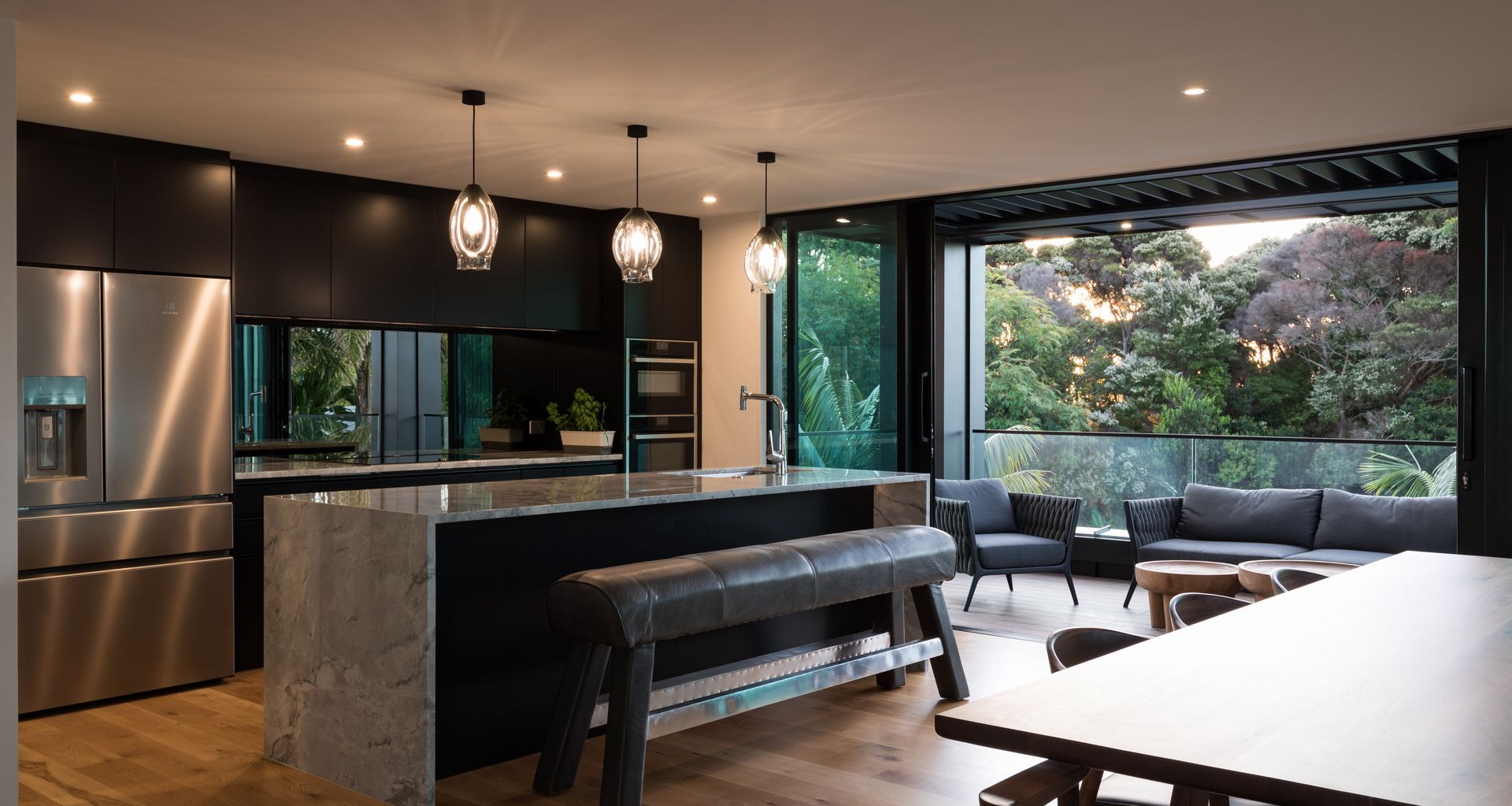The benefits of hiring a designer with a holistic approach: creating a home that reflects your lifestyle & values
Written by
14 July 2024
•
4 min read

A holistic approach to design goes beyond addressing basic requirements and constraints; it looks at the wider realm of possibilities and interactions. Architects are fundamentally problem solvers, working within constraints like site conditions, planning rules, budget limits, and building laws. However, a holistic approach takes this further by carefully considering the client’s lifestyle, from how they like to entertain to where they prefer to read. It integrates the client's brief and aspirations with a deep understanding of their property, existing and proposed landscapes, and the complex junctions where landscape and built form meet. This approach ensures that elements like seasonal changes, orientation, and privacy are seamlessly integrated, creating a space that truly reflects the client’s needs and enhances their daily living experience.
To better understand how a holistic approach to designing homes differs from a traditional one, we spoke to Studio Fox Architects’ Ron Fox who explains what clients can expect when working with a holistic architect.

A holistic brief: what information should be asked?
While a traditional approach to a brief may focus on the size of the home, orientation, number of rooms and preferred aesthetic, a holistic approach collects a lot more information about the homeowners, their history, preferences and how they live.
“Every client is an individual, some prefer a visual approach and provide images where others articulate their need orally, some discuss emotive responses and others are tactile and discuss textures,” says Fox.
These diverse preferences collectively create a rich and detailed brief, allowing the architect to integrate images, words, emotions, and textures to develop spaces that are truly relevant and personalised for their client.
“We also draw on travel highlights and childhood memories where spaces have had an influence, both positively and negatively, and try to understand how this can potentially inform the design process.”
Favoured mementos and art play a large part in informing how the design comes together, too, because it’s important to know how these objects will be displayed.
“At Studio Fox Architects we take the time to fully understand the client’s brief,” shares Fox. “We encourage our client to dig deep and ask them to think about the daily rituals, their likes, and dislikes; how the environment they are currently in either works for them (or not as it may be) and how this can be adjusted to be a better way of living for them. In essence, we distil the superfluous and refine the necessary, potentially finding a solution that delights and is maybe even unexpected.”
Nailing the brief is often the biggest challenge of the project, says Fox, and clients can underestimate how much time needs to go into a brief. Yet the financial cost associated with bringing a project to fruition is considerable and therefore a significant amount of time should be put into the brief.
“We have a set of questions we provide to our clients, so they have a basis to start from; it’s interesting, even the most trivial things can be very informative in the design process.”

The benefits of engaging a designer with a holistic approach
A holistic approach in architecture offers significant benefits by taking the resolution of design beyond mere problem-solving. Architects start with constraints like site conditions, planning rules, budgets, and building laws, but a holistic approach looks at the bigger picture once these constraints are addressed. This comprehensive perspective ensures that the architectural space not only meets immediate requirements but also considers the wider environment, the public realm, and the interactions between new and existing spaces. By doing so, it creates a cohesive and harmonious environment that fully aligns with and fulfils the client's needs and aspirations.
“As architects we can visualise space and imagine complex architectural assemblies in our minds. In doing so we have a sense of colour, the landscape beyond the windows, where the light is falling and how this is going to influence the interior and exterior environment. We have an opportunity to consider and allow the client to participate in the design process by introducing materiality, textures, and concepts of lighting at an early stage.”
Sustainable design is also at the forefront of a holistic approach to architecture, and the client’s wallet and the environment ultimately benefit from this.
“As architects we have a profound influence on the built environment, from material selection to life cycle costs; the design process is an opportunity to reduce landfill construction waste, and focusing on the longevity of our construction and the costs of running and maintaining our built environment are paramount.”
Explore projects with a holistic design approach by Studio Fox Architects